
In this blog, we will learn about Caching, an important fundamental concept in a system’s design. Have you ever experienced that when you open a…
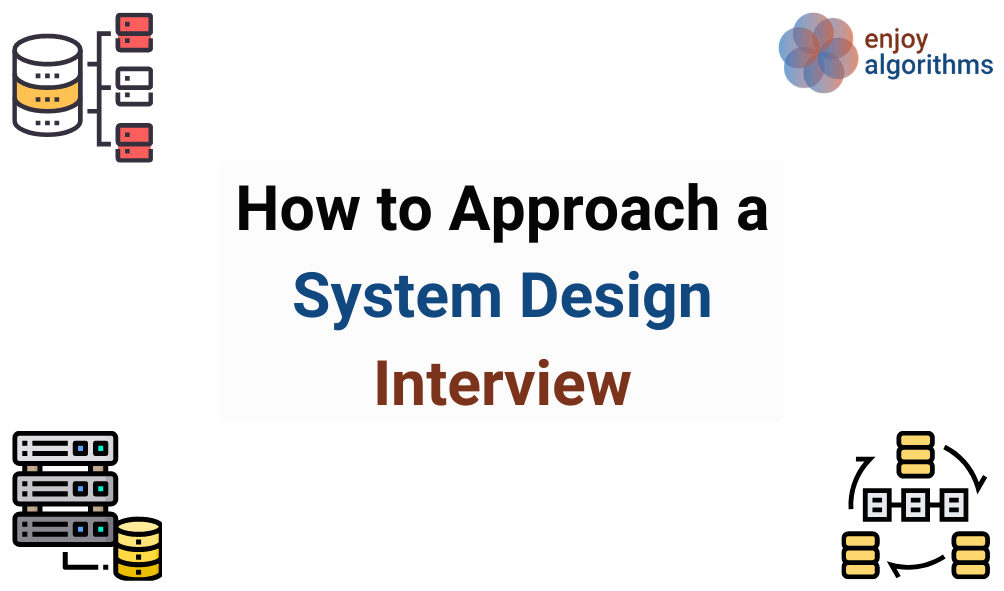
The system design interview is an open-ended conversation. As a candidate, we are expected to lead it along with a discussion with the interviewer.
System design is likely to be the final technical round question in every interview process. This question is probably discussed in top companies like Amazon, Microsoft, Google, Uber, and others and any other start-up. In either case, system design problems are fascinating and enjoyable to study. Let’s discuss some steps to solve system design problems.
It’s always a good idea to ask about the scope of the problem we’re trying to solve. Since design questions are often open-ended and don’t have a single correct answer, it’s important to clarify any ambiguities early in the interview. Candidates who take the time to describe the system’s end goals have a higher chance of succeeding in the interview.
Gather requirements and scope the problem. Ask questions to clarify use cases and constraints. Discuss assumptions.
While the system we are going to design should be scalable, we need to start somewhere. This is why we need to define the scale of the system at first. We should think about the read-to-write ratio, the number of concurrent requests the system should expect, and various data limitations.
Once we define these parameters together with the interviewer, we can think of the best way to make that system work well and be scalable.
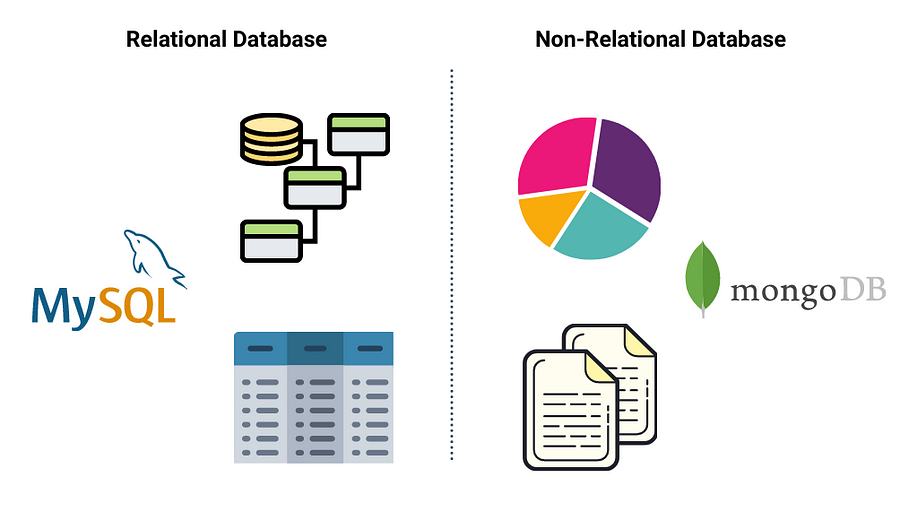
Before we design the hypothetical system, we need to define how we’re going to process data. Find out the main inputs and outputs, how they will be stored, and how the data will flow.
If we know what database would serve the purpose better, it’s going to be enough. Remember, we don’t need to go into detail too much at this stage.
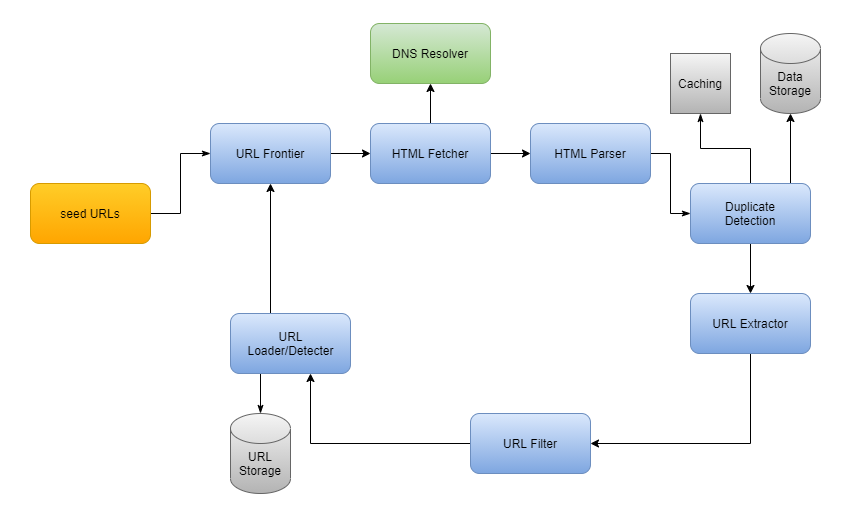
Outline a high-level design with all important components. Try to draw a diagram representing the system's core components. We should identify enough components that are needed to solve the actual problem from end-to-end.
Discuss in deep the major components; the interviewer’s input can often guide us to the system's parts that need more attention. We should present various approaches, benefits, and drawbacks and justify why we choose one.
Dive into details for each core component. For example, if we were asked to Design a Tiny-URL, discuss:
Generating and storing a hash of the full URL
Translating a hashed URL to the full URL
Identify and address bottlenecks, given the constraints. For example, do we need the following to address scalability issues?

We should try to discuss as many bottlenecks as possible and different approaches to mitigate them.

In this blog, we will learn about Caching, an important fundamental concept in a system’s design. Have you ever experienced that when you open a…
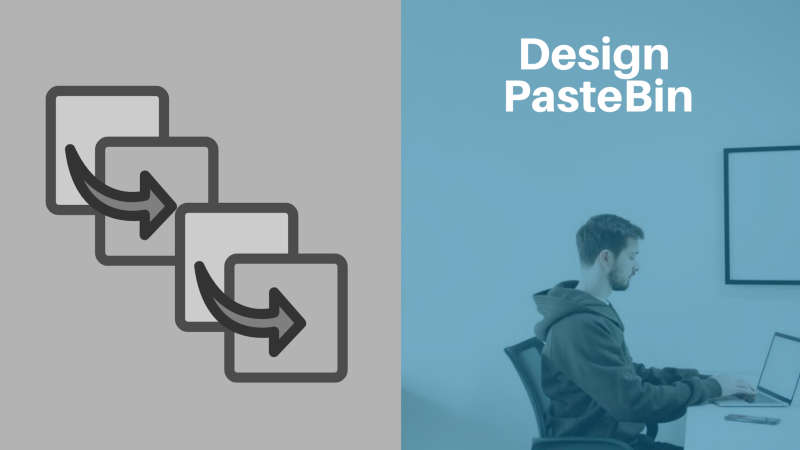
Asked In Amazon, Ola Cabs Key benefits after reading this Blog Have you ever thought of any such service that could make our life easier by allowing…
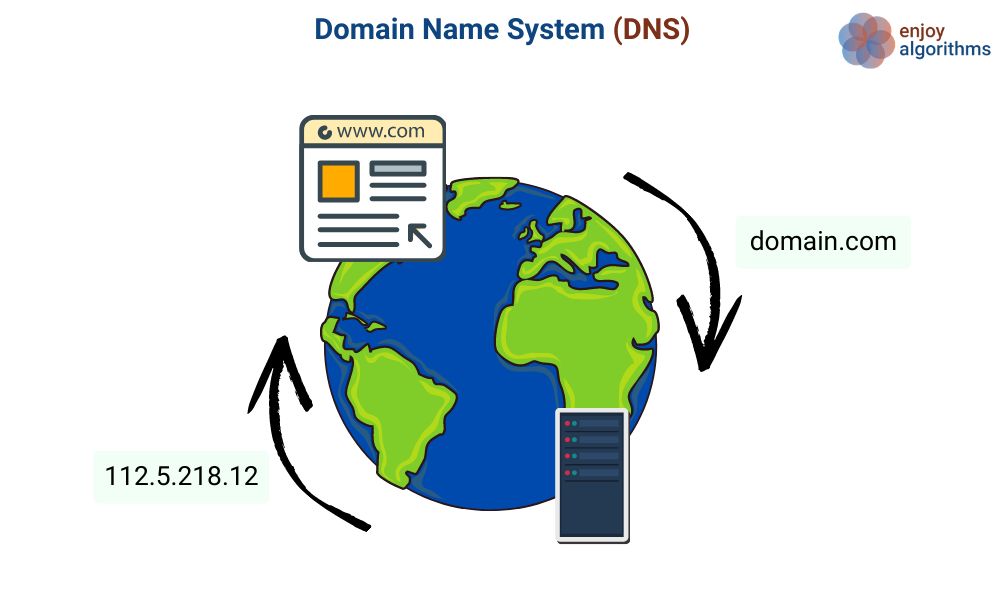
Thirty years ago, when the Internet was still in its infancy when you wanted to visit a website you had to know the IP address of that site. That’s…
Subscribe to get free weekly content on DSA, Machine Learning and System Design. Content will be delivered every Monday.